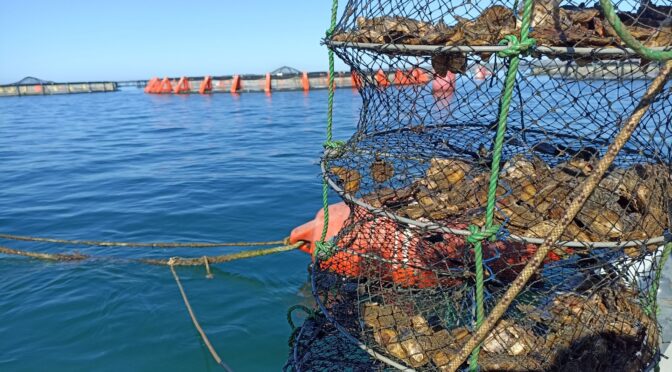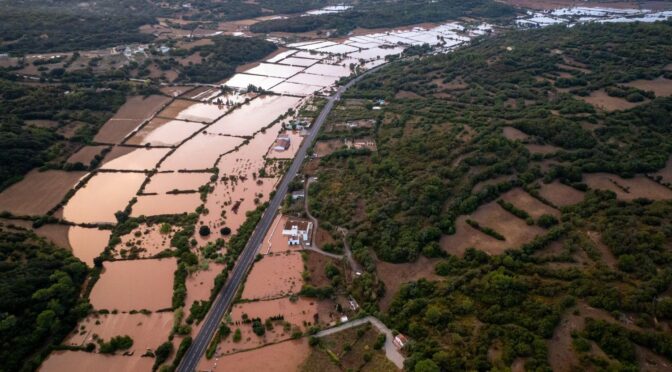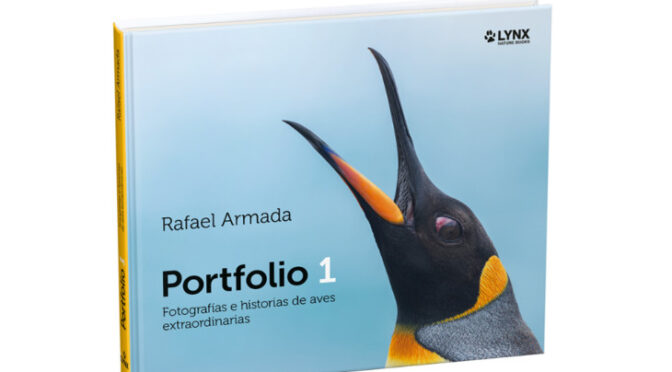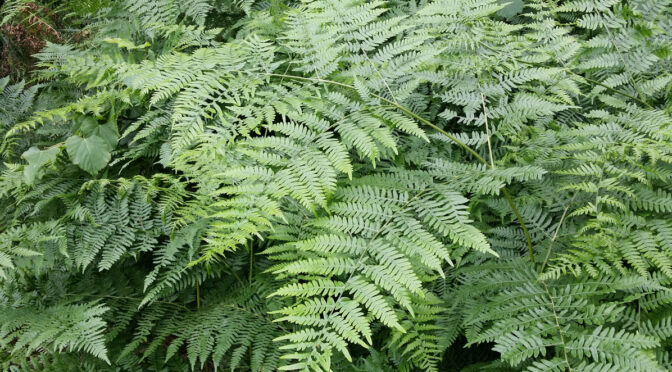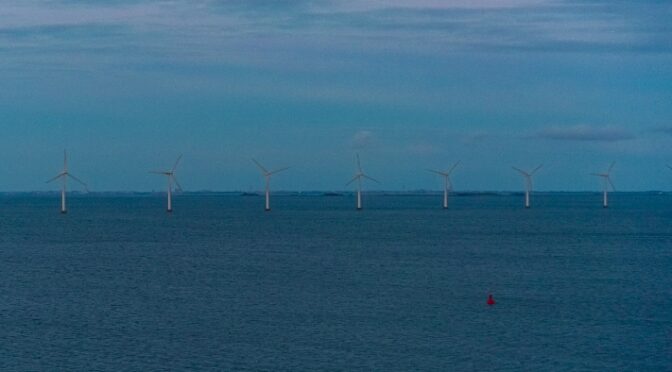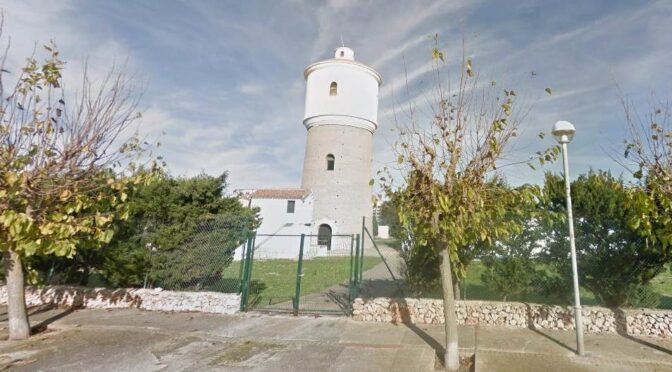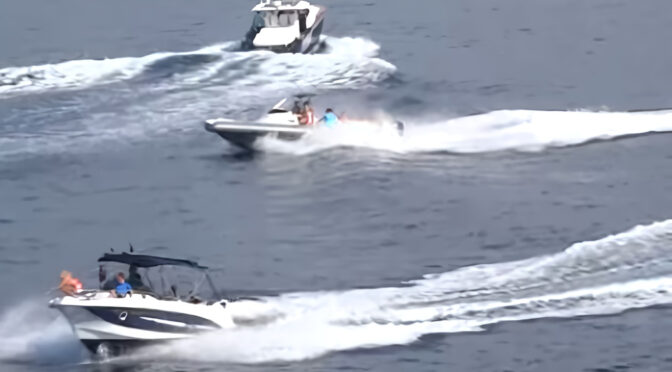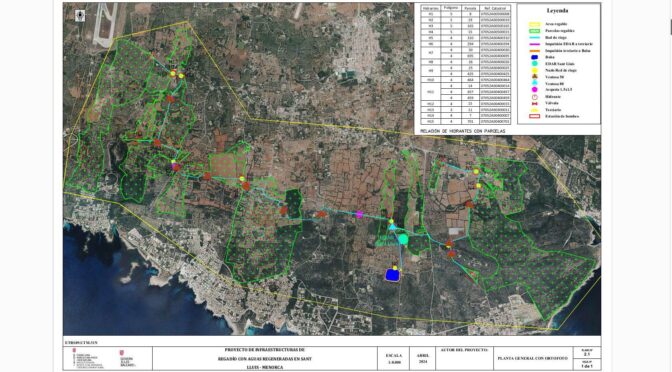Views: 1135
The GOB is organizing a seminar with two presentations on regenerative aquaculture, set for Saturday, November 30, in Maó.
A new blue economy is taking root in some parts of the world, with positive economic and ecological results: regenerative aquaculture. This approach involves cultivating different species of shellfish and macroalgae together in a single space.
Continue reading Seminar on regenerative aquaculture: an opportunity for the sea

